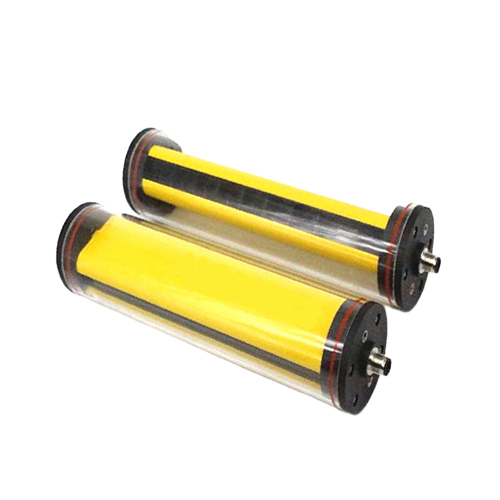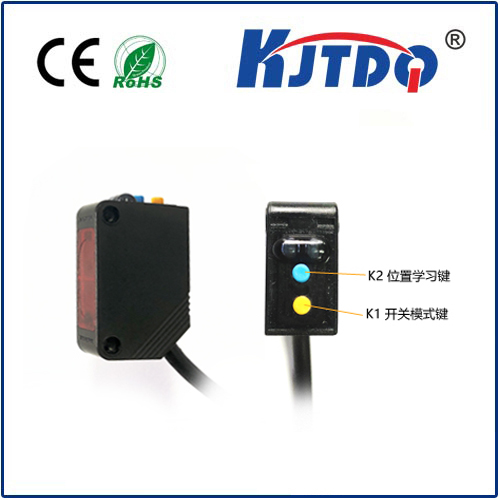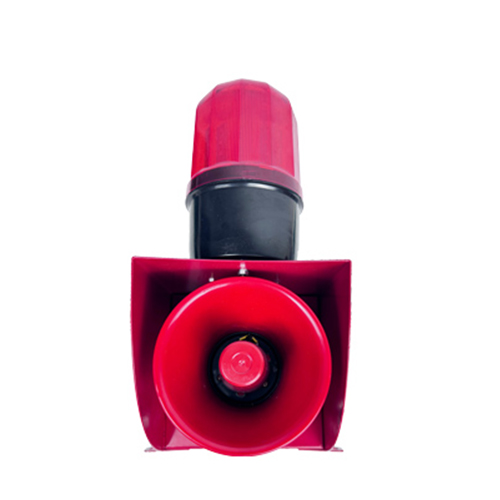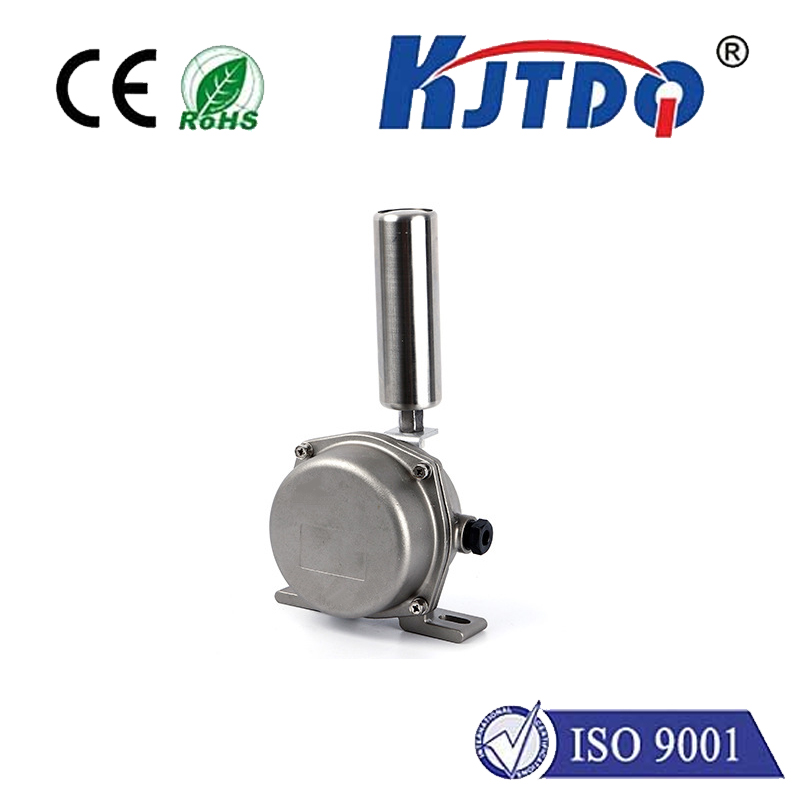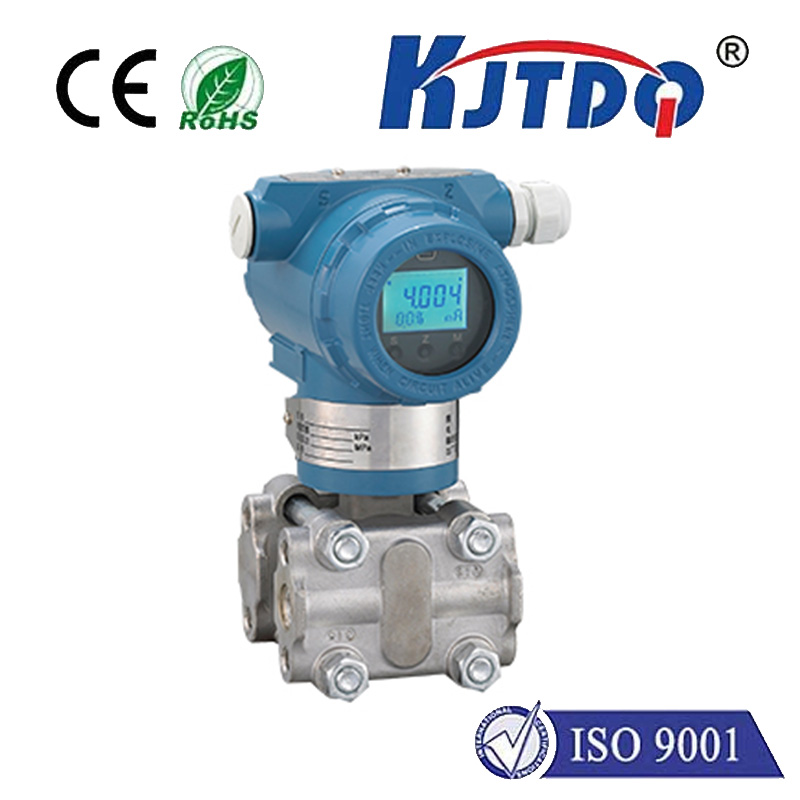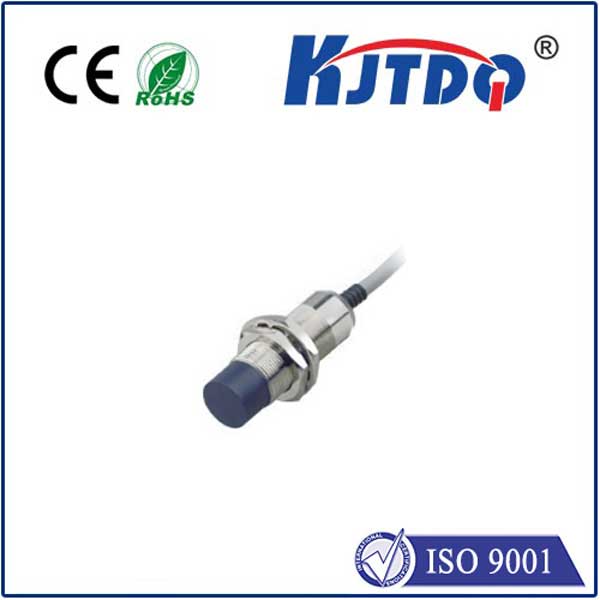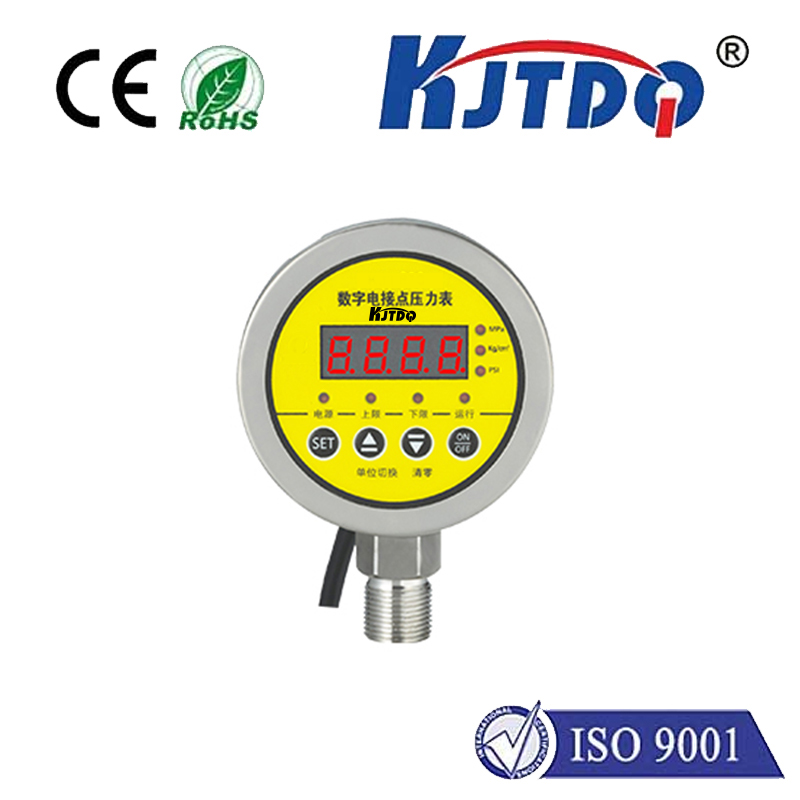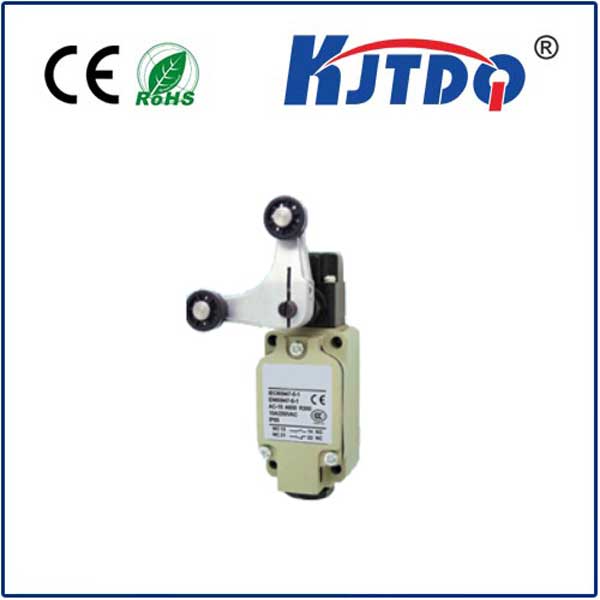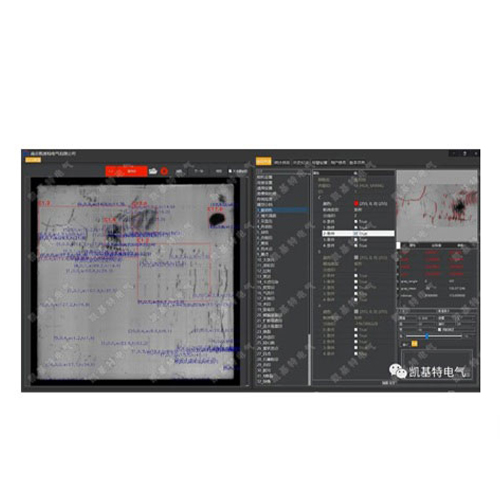

check

check

check

check

check

check

check

check

check

check
The Versatility of Toggle Limit Switches in Industrial Applications
Introduction:
In today's fast-paced industrial world, the importance of precise control cannot be overstated. One crucial component that ensures reliable performance and safety is the toggle limit switch. This article will discuss the multifaceted roles played by toggle limit switches in various industrial applications, highlighting their significance.
Understanding Toggle Limit Switches:
A toggle limit switch is a mechanism designed to detect the presence or absence of an object within its sensing range. It utilizes a lever or arm that moves back and forth, acting as a trigger for electrical contact closure or opening. This simple yet effective design enables it to serve as both a position sensor and a controller.

Safety and Precision Control:
Toggle limit switches play a vital role in maintaining safety standards across industries. They are often used in machinery to prevent uncontrolled movements, safeguarding operators from harm. For instance, if a conveyor belt fails, the toggle switch can halt the system, reducing potential damage and accidents. Additionally, these switches provide precision positioning, essential for repetitive tasks in assembly lines, robotics, and CNC machinery.
Customizable and Reliable:
One of the significant advantages of toggle limit switches is their adaptability. They come in various sizes, actuation forces, and mounting configurations to suit specific industrial requirements. Their robust construction ensures they can withstand harsh environments, making them suitable for high-vibration, high-temperature, and dirty conditions.
Integration and Automation:
Toggle limit switches seamlessly integrate into automated systems, enhancing efficiency and productivity. In automation, they signal machine status or initiate programmed actions, such as starting or stopping processes. They are also compatible with PLCs (Programmable Logic Controllers), which allows for more complex control schemes and monitoring capabilities.
Maintenance and Cost-Effectiveness:
Compared to other types of limit switches, toggle switches are straightforward to maintain. Their mechanical operation means they are not as susceptible to electrical noise or interference common in electronic counterparts. Furthermore, their cost-effectiveness makes them a popular choice when considering budget constraints without sacrificing reliability.
Conclusion:
Toggle limit switches are a fundamental component in industrial settings due to their simplicity, customizability, reliability, and integration capabilities. From ensuring operational safety to facilitating automation, these switches provide a versatile solution for numerous applications. As industries continue to evolve, the importance of toggle limit switches remains constant, affirming their place as a cornerstone of efficient industrial practices.
